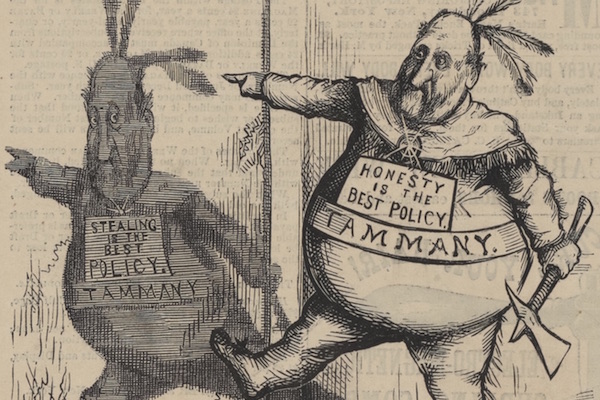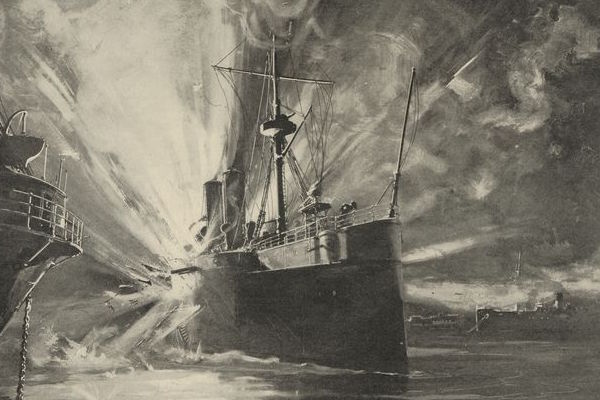Why did the United States get involved in the predominantly European conflict, World War I (1914-1918)? Ever since George Washington issued a proclamation of neutrality in 1793, the United States had mostly avoided European conflicts. In the late nineteenth century, however, isolation was not longer possible—due to American imperialism, industrial trade interests, and massive European immigration. On June 28th, 1914, Archduke Franz Ferdinand of the Austro-Hungarian Empire was assassinated in the city of Sarajevo. For a multitude of reasons, this dragged the major European powers and their colonial possessions into a global conflict. US opinion on the war was divided and President Woodrow Wilson at first declared the US neutral. Submarine warfare from German forces, including the sinking of the Lusitania, increased popular and political support for US entry into the war. On April 6, 1917, at the urging of President Woodrow Wilson, the United States Congress declared war. The sources below explore the United States’ brief but eventful involvement in World War I.
 An excerpt from a statement of neutrality by President Wilson at the outbreak of war in Europe, August 19, 1914.
An excerpt from a statement of neutrality by President Wilson at the outbreak of war in Europe, August 19, 1914. An excerpt from an argument about Germany’s role in World War I printed in The New York Times, January 26, 1915.
An excerpt from an argument about Germany’s role in World War I printed in The New York Times, January 26, 1915. An excerpt from an American woman’s 1915 book arguing for the German cause in the war.
An excerpt from an American woman’s 1915 book arguing for the German cause in the war. A 1918 American war bond poster recalling the atrocities committed in Belgium by the Germans.
A 1918 American war bond poster recalling the atrocities committed in Belgium by the Germans. An American poster praising the special relationship between the United States and Belgium.
An American poster praising the special relationship between the United States and Belgium. An American poster encouraging assistance to war-torn France.
An American poster encouraging assistance to war-torn France. An American poster discouraging food waste to assist the European Allies.
An American poster discouraging food waste to assist the European Allies. An excerpt from the 1915 German text Lusitania that features an advertisement for the voyage with a warning added by the German Embassy.
An excerpt from the 1915 German text Lusitania that features an advertisement for the voyage with a warning added by the German Embassy. A 1917 enlistment poster asking men to remember the Lusitania.
A 1917 enlistment poster asking men to remember the Lusitania. A poster alerting Americans to the possibility of German “traps” and “trouble makers.”
A poster alerting Americans to the possibility of German “traps” and “trouble makers.” A propaganda poster, “Defeat the Kaiser and his U-boats.”
A propaganda poster, “Defeat the Kaiser and his U-boats.” A propaganda poster with a poem encouraging American action against German U-boats.
A propaganda poster with a poem encouraging American action against German U-boats. A 1918 propaganda poster portraying all the obstacles to peace.
A 1918 propaganda poster portraying all the obstacles to peace. A photograph of President Wilson’s speech before Congress on February 3, 1917 including a detailed caption explaining the speech.
A photograph of President Wilson’s speech before Congress on February 3, 1917 including a detailed caption explaining the speech. An excerpt from President Wilson’s speeches including a speech to Congress on April 2, 1917 and Congress’s subsequent declaration of war.
An excerpt from President Wilson’s speeches including a speech to Congress on April 2, 1917 and Congress’s subsequent declaration of war.













































